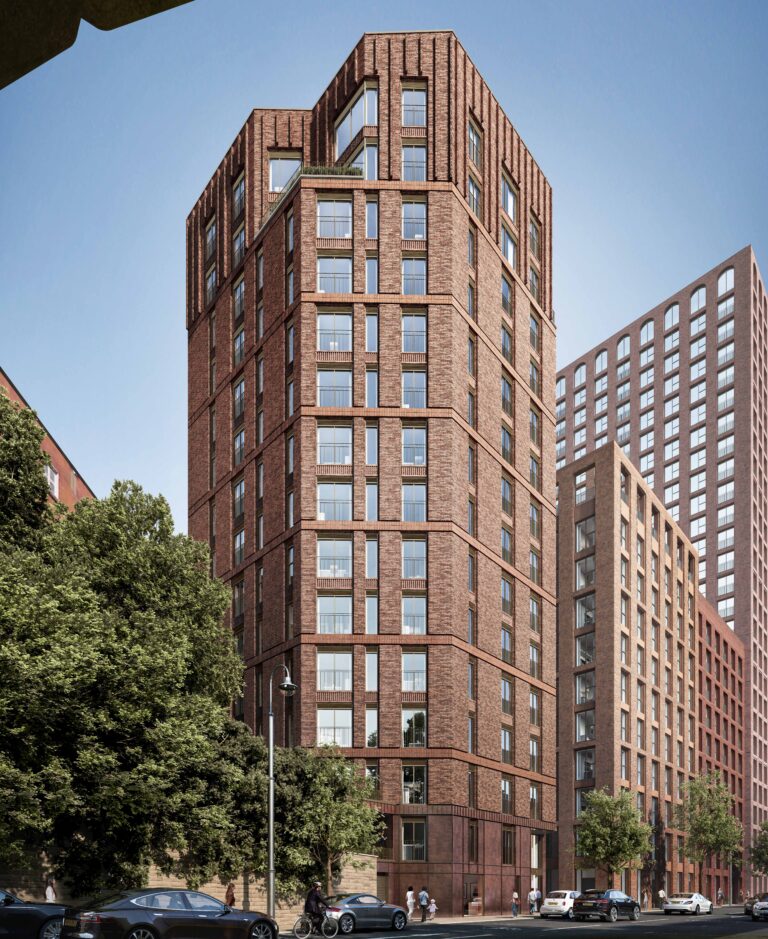The sheer level of demand in the UK’s private rented sector has boosted the popularity of HMO property investment, but do the strong yields justify the costs and management requirements?
Houses in multiple occupation (HMO) have become one of the most talked about property types in the investment world, as surging tenant demand coupled with the often significantly higher yields on offer has elevated the popularity of the rental model.
Landlords looking to bolster their rental income can achieve returns of as much as 15% or even more from HMOs – although this depends on multiple factors from location and property size to tenant type.
Increasingly, as tenants seek better value from their homes, along with maybe a more sociable experience, while avoiding the hassle of having to sort furniture or bills themselves, HMO property can be a great option and is far removed from the old-fashioned and unfavourable ‘bedsit’ image that people used to associate with these types of house shares.
But before investors rush to ditch their traditional buy-to-lets in favour of HMOs, it is important to weigh up the financial and management side, too, as the property type will not suit all needs and goals.
HMO property: recent figures
The definition of a standard HMO property is one with three or more bedrooms that are let on separate tenancy agreements to separate households (ie. unrelated people), with shared facilities such as kitchen and bathroom.
A large HMO is classed as one that is let to five or more separate households, and this property type is subject to licensing requirements as well as more rigorous regulations on standards, including minimum room sizes.
According to a recent report from Excellion Capital, the average cost of converting a standard three or four-bedroom home into a six-bedroom HMO property (or a ‘large HMO’) is just over £68,000.
For some landlords, buying a ready-made HMO may seem more appealing, and there are plenty of options available for investors looking to diversify into this space. However, the property may cost more than a standard buy-to-let.
So is it worth it? That depends on your situation, preferences, and your own experience in the sector.
Excellion’s research shows that in England, HMOs bring in rents of £711 per room on average, when accounting for six occupants – which totals £4,269 per month in rent. This puts the average yield at 10%, compared with just 5-6% for the average buy-to-let.
In various parts of the country, these yields can be even higher: in the North East, HMO landlords can expect to achieve yields of 12.5% if they convert a three/four-bed property into a six-bed house share. In the North West, landlords are bringing in 11.5% on average, rising to 12.2% in the city of Manchester.
However, factoring in management and running costs is also important. Of course, landlords can self-manage their rental properties, but HMOs in particular can prove more time-consuming to do so.
The average management fees for an HMO property are between 10-15%, according to the latest figures. They take more management than a standard buy-to-let due to the fact that each tenant has their own contract, and these can end at different times. You should also take into account things like insurance and licensing (for a large HMO property).
How to buy an HMO
There are many ways to invest in an HMO. Some investors opt for a ready-made one with tenants in situ, ensuring immediate rental income with less administration due to not having to find new tenants.
Others may be happier buying a cheaper three/four-bedroom home and converting it to make it appropriate for multiple individual tenants. This could add more value to the property, meaning a higher return on sale.
Getting a mortgage on an HMO property has become easier in recent years, as lenders have recognised the growing trend towards the property type from landlords and have updated their product offerings accordingly. This has opened up the market to a wider range of possible buyers.
In terms of buying a property with an eye to converting it, Robert Sadler, vice-president of real estate at Excellion Capital, said: “HMOs, with a few exceptions, are popular with lenders. Since the required conversion works tend to be relatively light, investors can usually fund both the acquisition and the works with a bridge loan.
“Another advantage is that lenders provide high leverage on HMO bridge loans (75% against the purchase price plus 100% of costs). This means that the upfront equity requirement for the investor can be quite low compared to other investments.
“It’s important to choose a lender that will measure the loan against the income producing value rather than the vacant value, as this can make a difference to the final loan amount. Once the conversion is complete, the investor can repay the loan with favourable investment finance,” Robert added.
Looking for an HMO property investment with solid returns potential and high tenancy rates? Get in touch with BuyAssociation today to find out about our current and upcoming opportunities.










